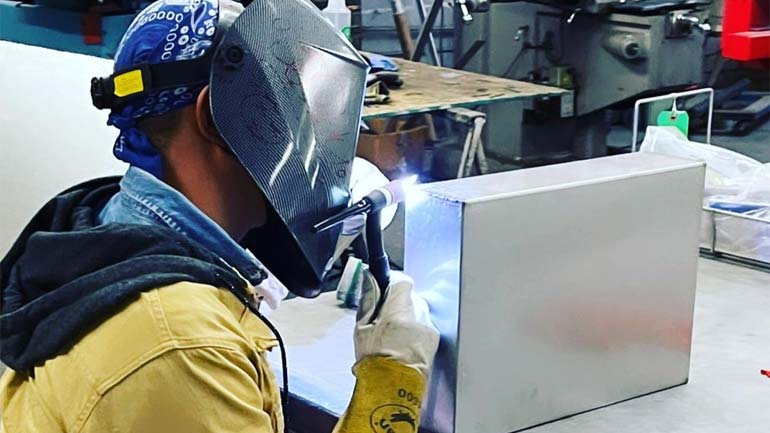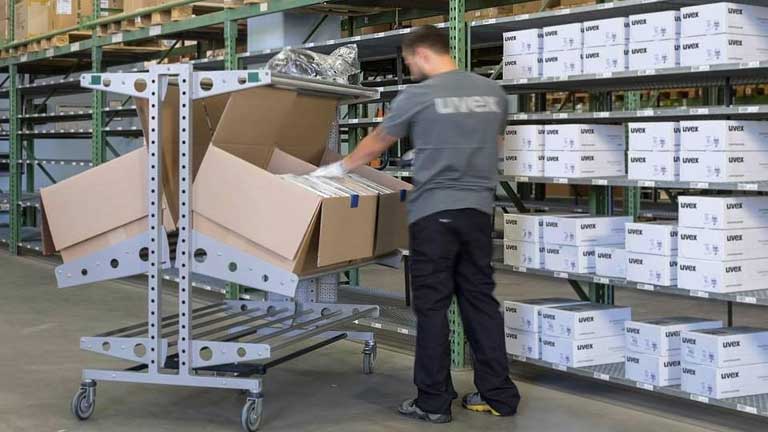 Stainless steel, since its inception more than one hundred years ago, is amongst the most versatile and popular material in the world and has become indispensable in numerous industries. This is because stainless steel pipes have various uses due to steel’s many positive properties.
Stainless steel, since its inception more than one hundred years ago, is amongst the most versatile and popular material in the world and has become indispensable in numerous industries. This is because stainless steel pipes have various uses due to steel’s many positive properties.
Steel has been used for centuries, but earlier, it was prone to corrosion and had several drawbacks that inspired scientists to search for alternative alloys that could function better in harsh conditions. In the early 1800s, it was recognized that an iron-chromium combination gave superior rust resistance. However, it took an entire century before they finally narrowed it down to the right formula.
In 1912, Brown-Fitch research laboratory’s Harry Brearley discovered the martensitic stainless steel alloy, which was labeled as Staybrite. After that, stainless steel has completely revolutionized almost all the industries.
Stainless Steel Benefits
The primary property of stainless steel is corrosion resistance. Varying alloys offer different resistance levels. 304 stainless steel is amongst the most popular alloy in the world. In fact, a 304 stainless steel pipe tube is commonly seen in homes, industries, and buildings.
This is because it offers an all-around outstanding level of corrosion resistance. But it is not well suited when it comes to the marine environment because it is specifically vulnerable to the exposure of chloride, which is present in seawater. So, for such uses, 316 stainless steel alloy is chosen which has an added benefit of 2% molybdenum.
There are numerous benefits of 304 stainless steel against regular steel, which are mentioned below –
- Higher work hardening rate
- Cryogenic toughness
- Increased hardness and strength
- Attractive appearance
- Greater ductility
- Lower maintenance costs
Composition Of Stainless Steel
Stainless steel is the iron alloy that has at least 10.5% chromium. There is a huge variety in the kinds of alloys being sold in the market and all of them differ in their chemical composition. Alloying elements like titanium, carbon, molybdenum, nickel, copper, and nitrogen can boost the formability, strength, and other stainless steel properties.
To qualify as stainless steel, the alloy should meet certain guidelines for resistance to corrosion in a specific environment. The resistance arises from the outer layer of chromium oxide of the metal. This microscopic surface layer is called the passivation layer as it reacts with oxygen found in the surroundings and prevents further corrosion. Apart from that, the layer is also able to repair itself in case it receives any damage like nicks or scratches.
Stainless steel alloys behave differently based on their composition and this is why they are broadly divided into four different families characterized by their specific properties. The five families are –
- Ferritic stainless steel -This kind is based on chromium and has a small quantity of carbon and has a similar microstructure to low alloy and carbon steels. Ferritic stainless steel, unlike other types of stainless steel, does not have toughness in welds and is used in thin sections. Itis generally used by contractors for applications that do not need welding. This type cannot be hardened even with heat treatment. However, it can be used in aggressive conditions or seawater if molybdenum is added. It is magnetic and is highly resistant to stress corrosion cracking.
- Martensitic stainless steel – Just like ferritic stainless steel, this kind of stainless steel has high carbon levels. You can alter and harden the martensitic stainless steel similar to low-alloy and carbon steels. This type of stainless steel is used where high strength, as well as a moderate level of resistance to corrosion, is required. It is magnetic in nature and has low weldability and formability. Companies use this kind of stainless steel generally in long products that need plate and sheet form.
- Duplex stainless steel – This kind has a microstructure that is equally ferritic and austenitic (50:50) and has immense strength. Moreover, it has resistance to stress corrosion cracking. This alloy is magnetic and has moderate formability. In duplex stainless steel, the lean type has corrosion resistance just like austenitic stainless steel but it has more strength and resistance to stress corrosion cracking. On the other hand, super duplex kind has enhanced strength and resistance to corrosion than regular austenitic stainless steel. Also, they are weldable if the right heat and welding consumables are used.
- Austenitic stainless steel – It is the most commonly used stainless steel that tends to have higher chromium content as compared to other steel alloys providing it higher corrosion resistance. It has a microstructure which includes an addition of nickel, manganese, and nitrogen. It’s weldability and formability are only possible at high temperatures. Depending on the composition, it may show a magnetic response.
Therefore, 304 stainless steel is immensely popular in such a huge range of industries like piping. If you want to buy pipe tubes for your industry, office, or home, make sure it is made of 304 stainless steel.




